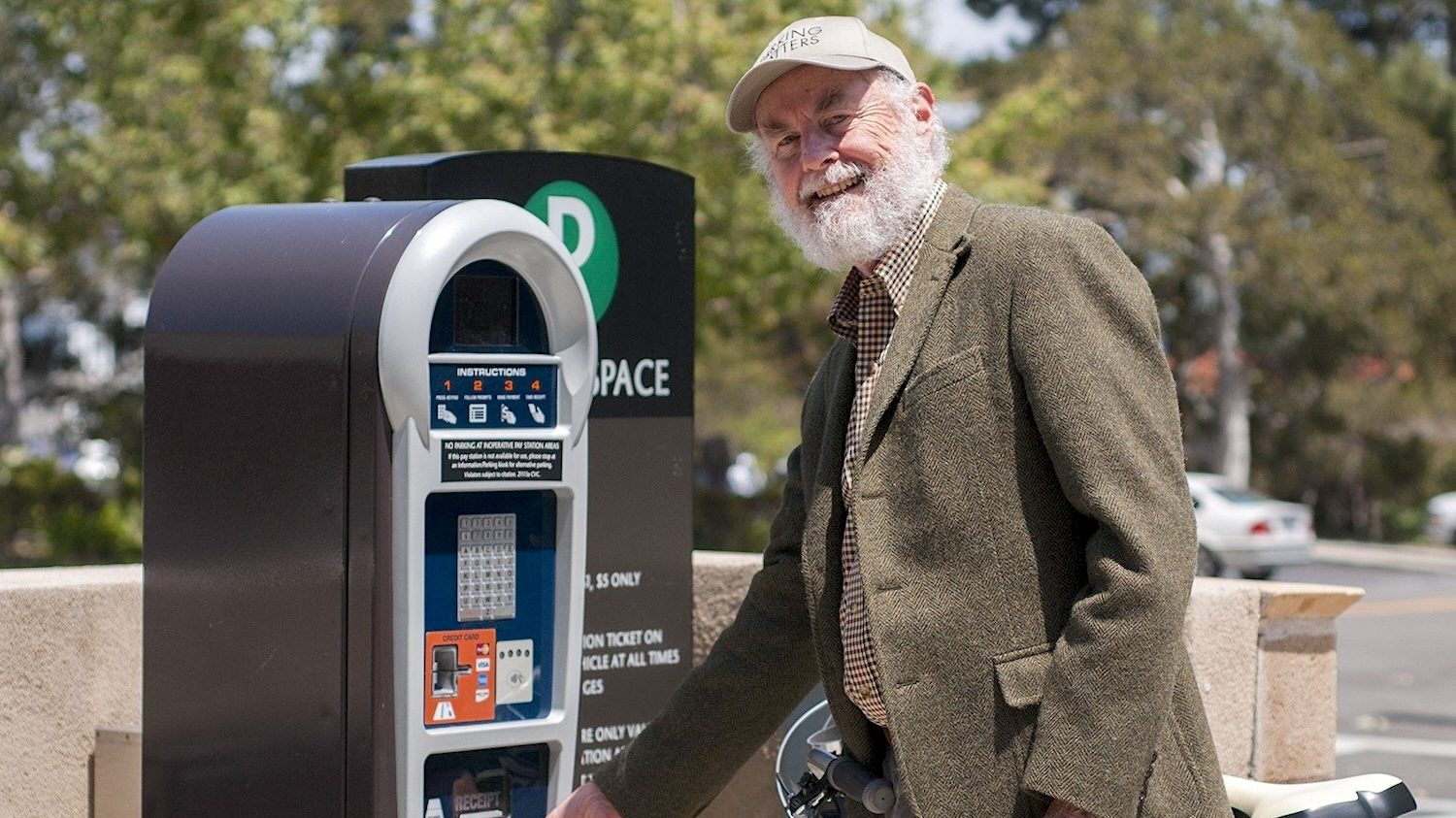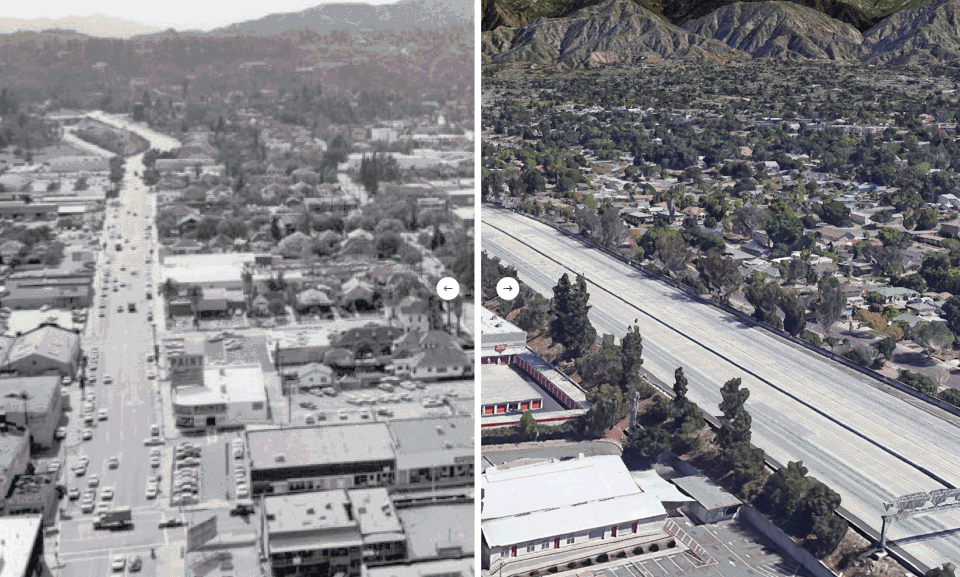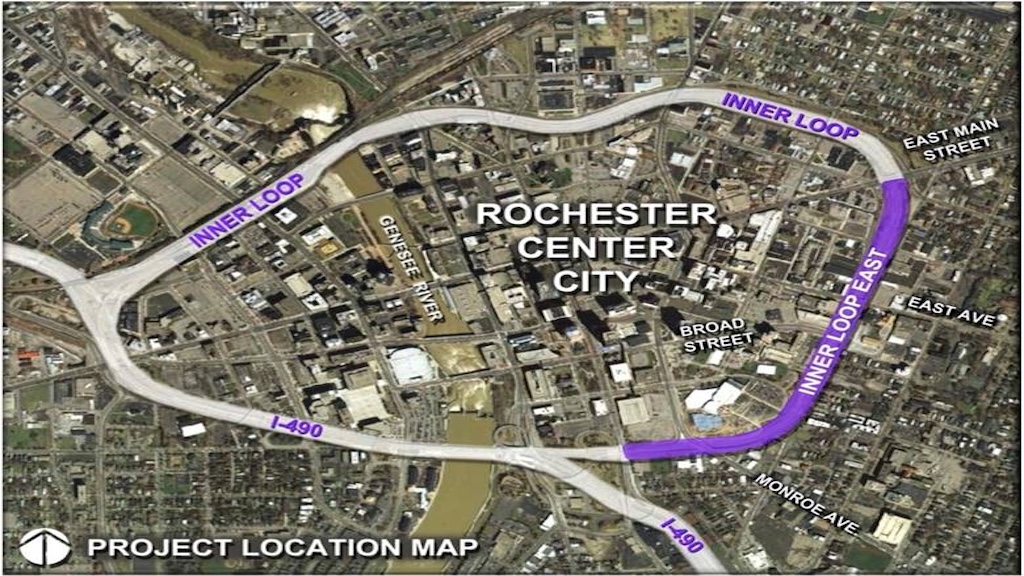PSR Research: Automating wildlife-vehicle conflict hotspots

It’s not good for anybody when a car strikes and kills a deer on a highway. The deer, of course, is dead; the driver is likely dealing with a traumatic experience, a severely damaged car, and even injuries; and those using the roads must navigate around the dead animal until someone at a state agency uses time and resources to remove the dead animal from the freeway. Because these occasions are altogether unpleasant in a number of dimensions, it’s in the best interest of everybody to limit their occurrence. In their research report “Automated Analysis of Wildlife-Vehicle Conflict Hotspots Using Carcass and Collision Data,” Fraser Shilling, Cameron Denney, and David Waetjen of UC Davis developed a web-based analytical environment that state Departments of Transportation (DOTs) can use to automate certain analyses of wildlife-vehicle conflict (or WVC) hotspots in order to inform planning to improve driver and wildlife safety.
To begin this process, the researchers received assistance from conversations with DOTs and Departments of Fish and Wildlife across the United States. After gathering data from a handful of states, they chose to split the national highway network into one-mile segments, which provided the framework for the tool.
Users with geospatial datasets containing wildlife collision observations with coordinate-projected points can upload that dataset into the tool, and in return, the tool presents the user with a handful of outputs, including a map showing the wildlife-vehicle conflict “hotspots” by 1-mile highway segment as well as an in-depth statistical analysis. As of 2019, the tool appeared to be a success: 36 staff from 27 local, state, federal, and private organizations from 15 states had produced outputs with the assistance of the tool.
This research was supported by the Pacific Southwest Region University Transportation Center, the Region 9 University Transportation Center funded under the U.S. Department of Transportation’s University Transportation Centers Program. Established in 2016, the Pacific Southwest Region UTC is led by the University of Southern California and includes seven partners: Long Beach State University; UC Davis; UC Irvine; UCLA; University of Hawaii; Northern Arizona University; Pima Community College.
PSR conducts an integrated, multidisciplinary program of research, education and technology transfer aimed at improving the mobility of people and goods throughout the region. Its program is organized around four themes: 1) technology to address transportation problems and improve mobility; 2) improving mobility for vulnerable populations; 3) improving resilience and protecting the environment; and 4) managing mobility in high growth areas.



